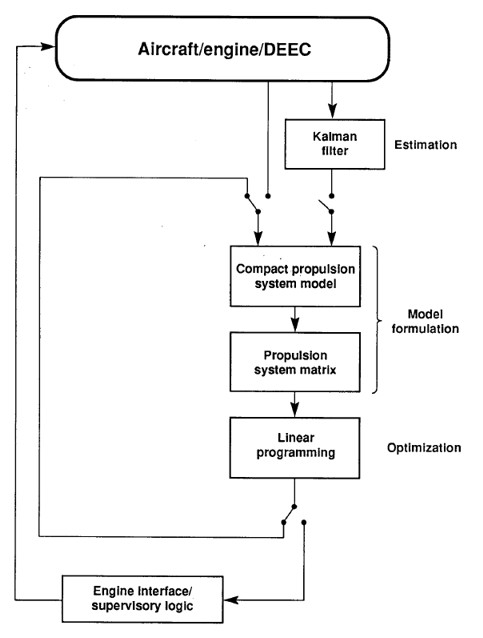Control flow is the order in which individual statements, instructions, or function calls of an imperative program are executed or evaluated. The emphasis on explicit control flow distinguishes an imperative programming language from a declarative programming language.
Within an imperative programming language, a control flow statement is a statement that results in a choice being made as to which of two or more paths to follow. For non-strict functional languages, functions and language constructs exist to achieve the same result. But they are usually not termed control flow statements.
Interrupts and signals are low-level mechanisms that can alter the flow of control in a way similar to a subroutine. But usually occur as a response to some external stimulus or event (that can occur asynchronously), rather than execution of an inline control flow statement.
At the level of machine language or assembly language, control flow instructions usually work by altering the program counter. For some central processing units (CPUs), the only control flow instructions available are conditional, or unconditional branch instructions, also termed jumps.
Which program flow mechanism is also known as lazy evaluation?
Tensor Flow’s declarative programming style leads to a “lazy evaluation” style. The computing graph constructed by Tensor Flow is more like a program, except that the specific computation is implement and scheduled by Tensor Flow.
What is control flow in computer architecture?
In computer science, control flow (or flow of control) is the order in which individual statements, instructions or function calls of an imperative program are execute or evaluate. At the level of machine language or assembly language, control flow instructions usually work by altering the program counter.
What is demand drive mechanism?
DEMAND DRIVEN MECHANISM: Data flow computers have high degree of parallelism at the fine grain instruction level reduction computers are based on demand driven method. Which commence operation based on the demand for its result by other computations.
What is lazy evaluation in programming?
In programming language theory, lazy evaluation, or call-by-need, is an evaluation strategy. Which delays the evaluation of an expression until its value is need (non-strict evaluation).And which also avoids repeat evaluations (sharing).
What is a lazy function?
When currying or partial function evaluation takes place, supplying N actual arguments to a function that expects M arguments where N < M will result in a higher order function with M-N arguments.
When should I use lazy evaluation?
Lazy evaluation is most useful with data structures. You can define an array or vector inductively specifying only certain points in the structure. And expressing all others in terms of the whole array. This lets you generate data structures very concisely and with high run-time performance.
How does lazy evaluation implements?
To implement lazy evaluation in our interpreter we need to modify the application expression evaluation rule to delay evaluating the operand expressions until they are need. To do this, we introduce a new data-type known as a thunk. A thunk keeps track of an expression whose evaluation is delay until it is need.
What is the use of lazy loading?
The benefits of lazy loading include: Reduces initial load time – Lazy loading a webpage reduces page weight, allowing for a quicker page load time. Bandwidth conservation – Lazy loading conserves bandwidth by delivering content to users only if it’s request.
How do you explain program flow?
Program flow is a general term which describes the order in which your lines of code are execute. This means that some lines will only read once, some multiple times. And others may be skip completely, depending on the situation.





